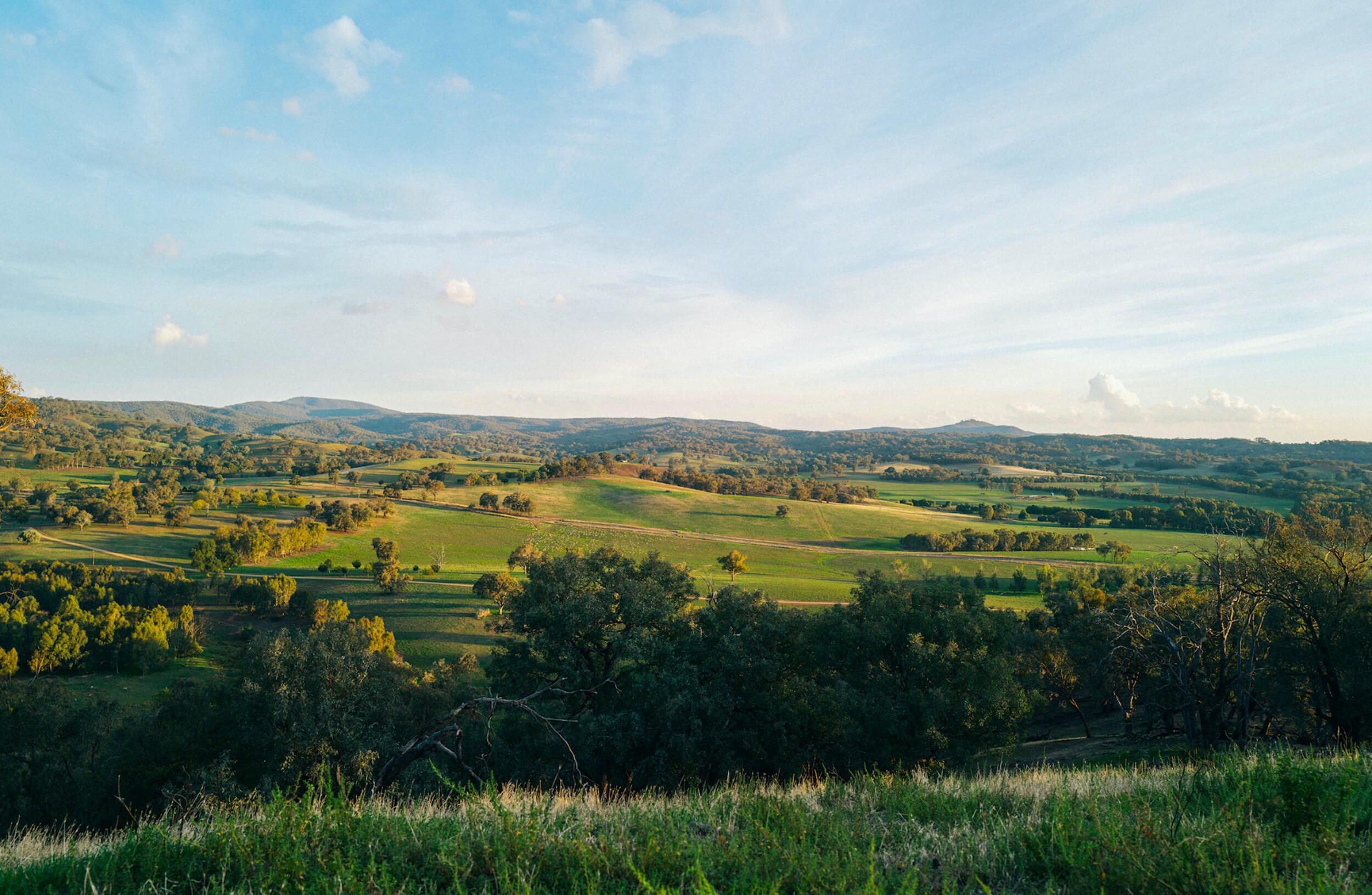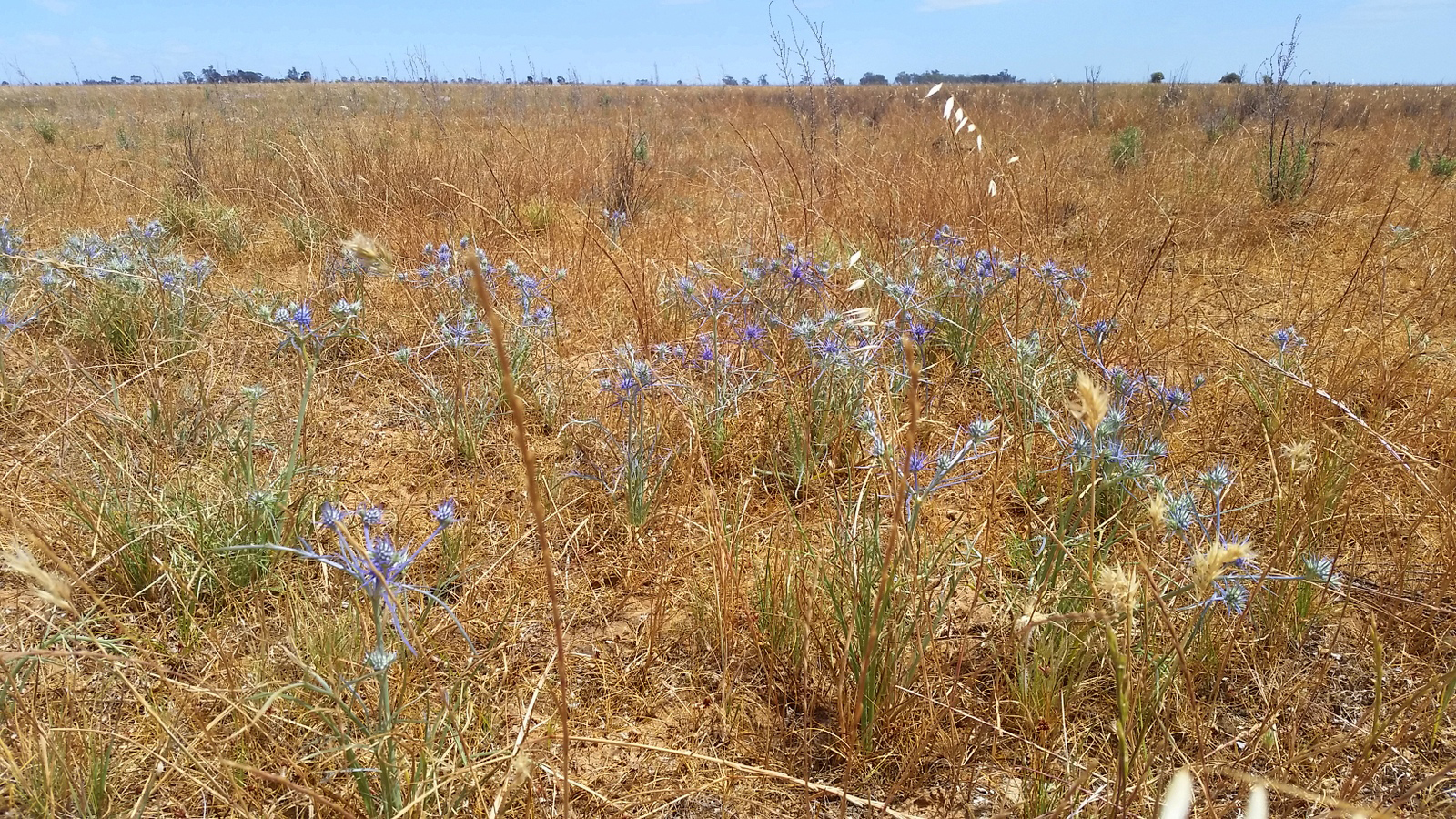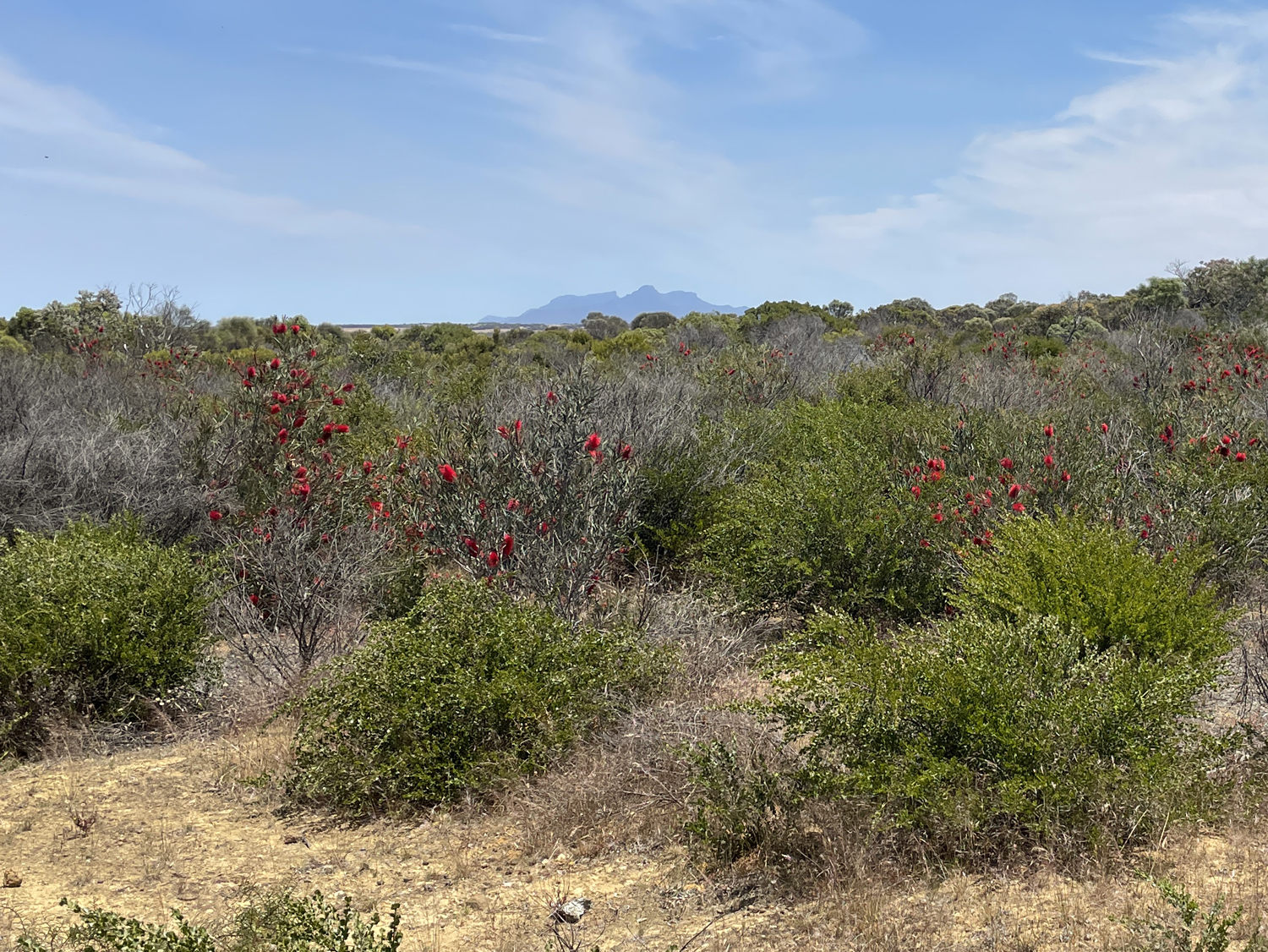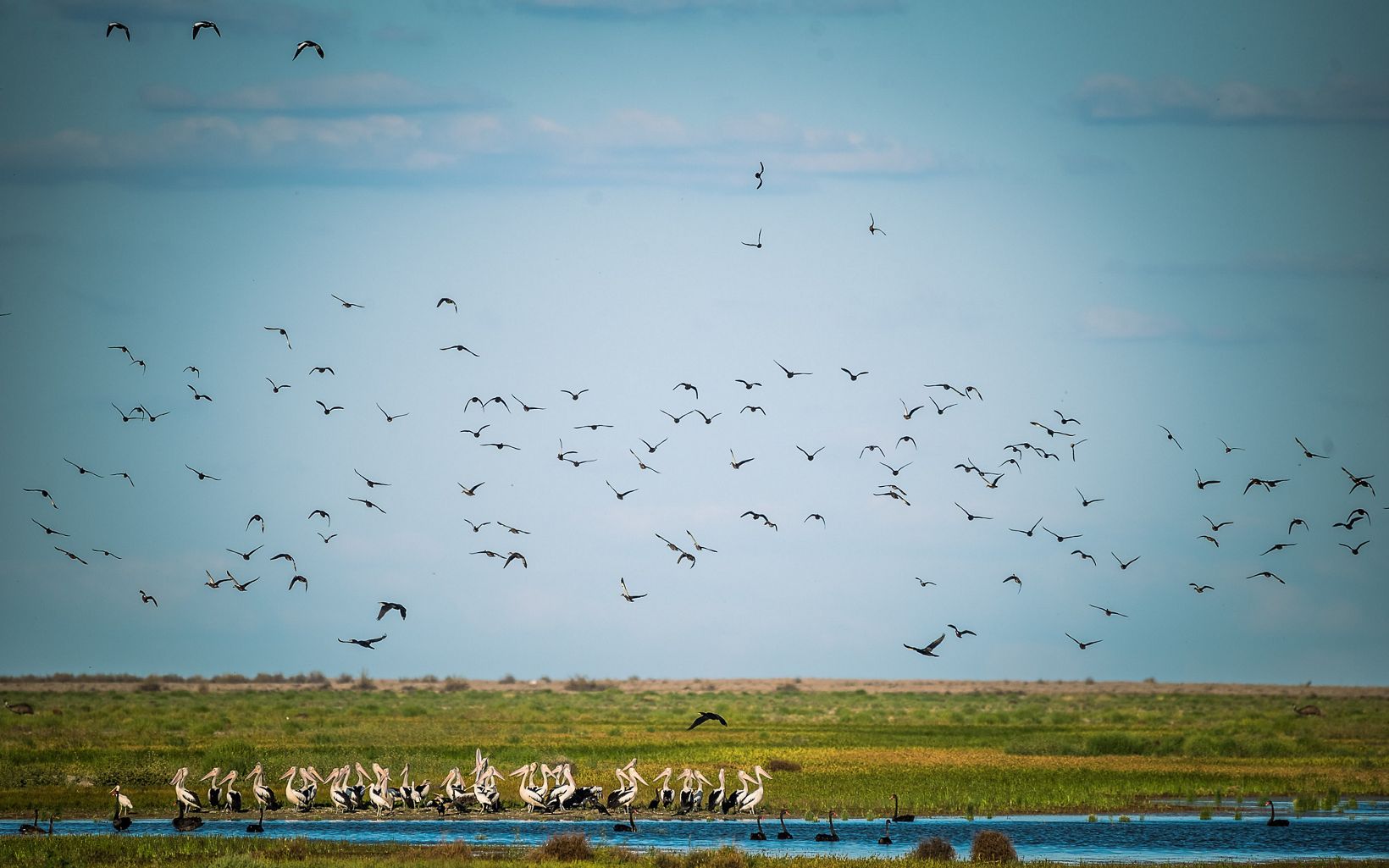Places we protect
More than 60% of Australia’s land is privately owned – often it’s the land that grows our food and fibre – but it’s also home to the unique wildlife that have made their home here for countless generations. These are places where conservation can exist alongside continued sustainable farm production, either on the same property or in the broader landscape.
Healthy ecosystems protect the essentials for life – our air, our water, our soil, and our biodiversity. These are the places live and work in, the animals that live alongside us, the trees and plants that hold the land together – this is our legacy.

Open woodlands of Southern NSW
The endangered masked owl is the second-largest owl in the world, and lives in open woodland. It perches on lower branches of trees and catches small animals at the forest's edge. On her farm in Southern NSW, Clare Cannon has placed a permanent conservation agreement over one-third of the property, protecting the rare, boxy woodland habitat that the masked owl requires.

Grasslands of Victoria
Native grasslands are often home to a great number of plants and animals – it’s possible to find more than 25 species in a square meter. In far North-Western Victoria, Drew Gailey is protecting some of the last native grasslands in the state, by placing a conservation covenant on his land. The critically endangered Golden Sun Moth survives on specific type of wallaby grass found in the native grasslands and grassy woodlands that were once common in Victoria – today many of these ecosystems are fragmented and isolated. Drew’s efforts are creating a balance between farming and helping to strengthen the biodiversity on his land.

Wildflower regions of Western Australia
Eddy and Donna Wajon have worked with range of organisations to rehabilitate and restore Chingarrup Sanctuary. Planting, weeding, removing feral animals, and monitoring plants and animals is paying off with rare species returning. The sanctuary is now home to more than 770 native animals and more than 570 native plant species.

Wetlands of the Murrumbidgee Valley
Located in south-west NSW, Gayini is the largest remaining wetlands in the Murrumbidgee Valley. The property is home to a wealth of Indigenous cultural heritage - from sacred canoe scar trees to ancient mounds and camp sites. In 2019, Gayini was handed back to the Nari Nari people, who now manage the land using both traditional and modern techniques to protect wildlife as well as graze and grow crops for income.
Join the movement
